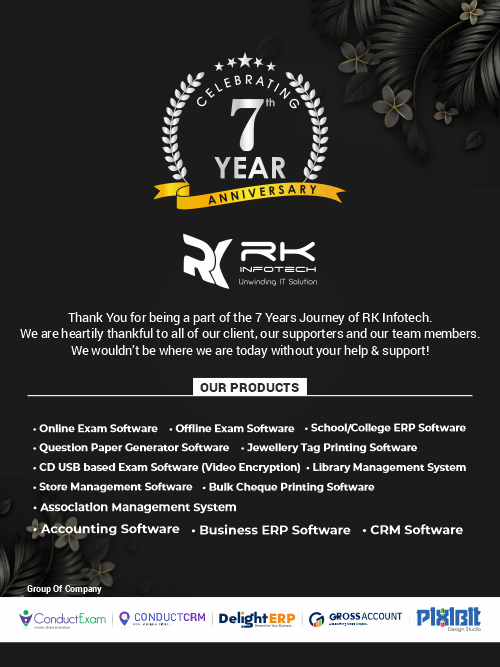What Is ERP Implementation Life Cycle?
WHAT ERP STANDS FOR?
Enterprise Resource Planning is the whole life cycle that is the most important cycle that is to be followed in the growth of any organization. Development, management, Planning, Organizing all the resources, is what all company aims to at the end of the day. Thus ERP Life Cycle is the easiest way through which a company can remain organized. So here we show what is ERP Implementation life cycle and how it works.
The ERP implementation life cycle differs from that of any traditional information system due to its integrated nature which causes dramatic changes on workflow, organizational structure and on the way people do their jobs; Most ERP systems are not built but adopted and thus they involve a mix of business process reengineering (BPR) and package customization, and ERP implementation is not just a technical exercise but it is a socio-technical challenge as it poses a new set of management procedures.
In that sense, it has become clear that the ERP implementation life cycle differs from traditional systems development where the key focus has shifted from a heavy emphasis on technical analysis and programming towards business process design and human elements.
Unlike most home-growth legacy systems that were designed to fit individual working conventions, ERP systems provide best practices, in other words, generic processes and functions at their outset.
WHAT IS ERP Implementation Life CYCLE?
ERP implementation Life Cycle includes a total of eight steps in which a product should be manufactured in the best possible way or rather services provided by the company should go into that flow.
WHAT ARE COMPONENTS OF ERP Life CYCLE?
There are eight components of the ERP Life Cycle. Those are listed as follows. So read the below component that is must require for any ERP implementation life cycle.
- Selection of Packages
- Project Planning
- Analysis GAP
- Re-engineering
- Training
- Testing
- Application
- Maintenance
HOW ERP Life CYCLE WORKS?
- Selection of Packages: Best packages are chosen on the basis of the company environment and product that is manufactured by the company. Packages should be chosen after a very good research and with proper awareness of all the after-effects of choosing a particular packaging system.
- Project Planning: Proper planning is always necessary for implementing any of the strategies in a particular organization. This planning includes allocating proper staff for the management of tasks at each and every level. It also includes a strategy of how the resources should be used in their most optimal way.
- Analysis GAP: Analysis of any process provides us a clear idea about how much the whole organization has worked in the direction of organizational goals. Thus GAP Analysis is performed to know up to what extent work has been done and then on the basis of further plans are made for brands future.
- Re-engineering: After the proper analysis of all the situations in which the organization is in, the next step would be redefining the plans and making changes in existing plans to get further more benefits and profit to the company.
- Training: All the systems and market keeps on updating every day. To cop up with these changes it is necessary to keep your employees updated with all the new skills needed by the company to survive in the heavy competition in the market. Thus it is the duty of every company to provide relevant training to its employees.
- Testing: Any product or service is always half-done without testing. It is necessary to test the product that is manufactured or the service that is provided by the company is in favor of their consumers or not. Thus testing is the phase on which every small or large scale company should work on for better results and growth.
- Application: Now once the whole system is redefined after analysis, re-engineering, and testing, it is necessary to make sure that all the strategies formed by the experts are implemented in its most appropriate way.
- Maintenance: Maintaining the new amended system is the most difficult task where many companies fail. Collective efforts are needed to maintain the whole system.
Also, read how cloud ERP software helps for business sales improvement.
Summary
This was the whole overview of how this system should work. If there is any mistake taken place at any place in any of the steps of the cycle then that might cause a large loss to a company. And if by chance any mistake takes place at any level of the cycle every person should make collective efforts to get the system back on track.








